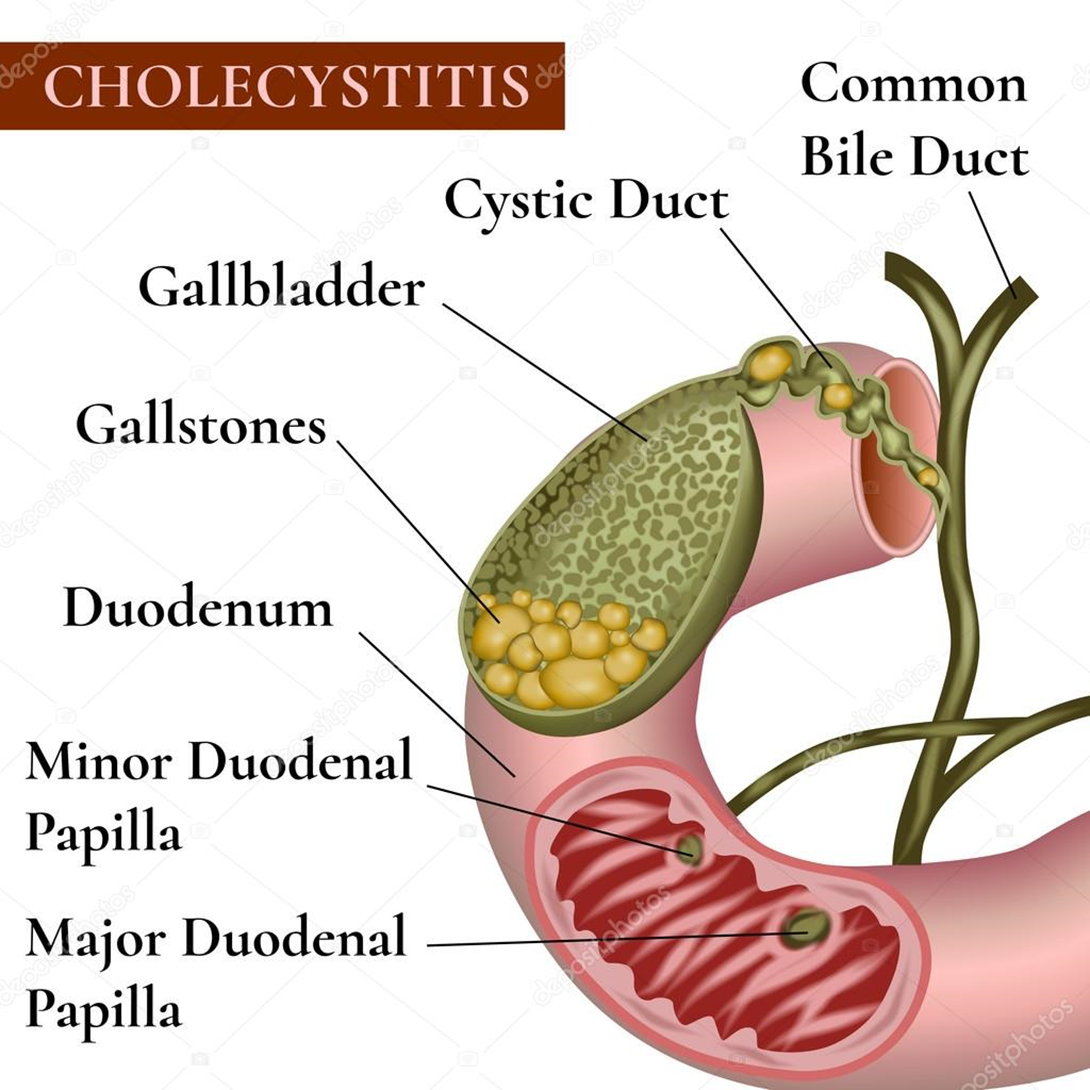A nurse is talking with a client who has cholelithiasis and is about to undergo an oral cholangiogram. Which of the following client statements indicates to the nurse an understanding of the procedure?
"I will have a camera put down my throat so they can see my gallbladder."
"They are going to examine my gallbladder and ducts."
"They'll put medication into my gallbladder to dissolve the stones."
"Soon those shock waves will get rid of my gallstones."
The Correct Answer is B
Choice A reason: This choice is incorrect because an oral cholangiogram does not involve putting a camera down the throat. That procedure is more akin to an endoscopy.
Choice B reason: This statement is correct. An oral cholangiogram involves taking an Xray examination of the gallbladder after the patient has taken an iodine based contrast agent orally. The procedure is used to diagnose problems related to the gallbladder, such as gallstones or issues with bile flow.
Choice C reason: This choice is incorrect because an oral cholangiogram does not involve putting medication into the gallbladder to dissolve stones. That description is more consistent with nonsurgical treatments for gallstones, such as oral bile acid pills.
Choice D reason: This choice is incorrect as it describes a different procedure known as extracorporeal shock wave lithotripsy (ESWL), which uses shock waves to break up gallstones.

Nursing Test Bank
Naxlex Comprehensive Predictor Exams
Related Questions
Correct Answer is D
Explanation
Choice A reason: The prone position is not suitable for abdominal paracentesis as it does not allow access to the abdominal cavity.
Choice B reason: The lateral position is also not suitable as it can cause the fluid to shift, making it difficult to remove.
Choice C reason: While the supine position is commonly used for many medical procedures, it is not the best choice for abdominal paracentesis due to the distribution of fluid.
Choice D reason: The upright position is preferred because it allows the fluid to pool at the lowest point of the abdominal cavity, facilitating its removal.
Correct Answer is C
Explanation
Choice A reason: This choice is incorrect. Painless, raised purple nodules on the hard palate are not typically indicative of squamous cell carcinoma.
Choice B reason: This choice is incorrect. A small macule with a yellow-brown scale does not describe squamous cell carcinoma, which often presents as a firm nodule with a scaly crust.
Choice C reason: This is the correct choice. Squamous cell carcinoma can present as a firm nodule with a hard, scaly crust on the skin.
Choice D reason: Yellow white patches of growth on the tongue are more indicative of conditions such as oral leukoplakia, not squamous cell carcinoma.

Whether you are a student looking to ace your exams or a practicing nurse seeking to enhance your expertise , our nursing education contents will empower you with the confidence and competence to make a difference in the lives of patients and become a respected leader in the healthcare field.
Visit Naxlex, invest in your future and unlock endless possibilities with our unparalleled nursing education contents today
Report Wrong Answer on the Current Question
Do you disagree with the answer? If yes, what is your expected answer? Explain.
Kindly be descriptive with the issue you are facing.
